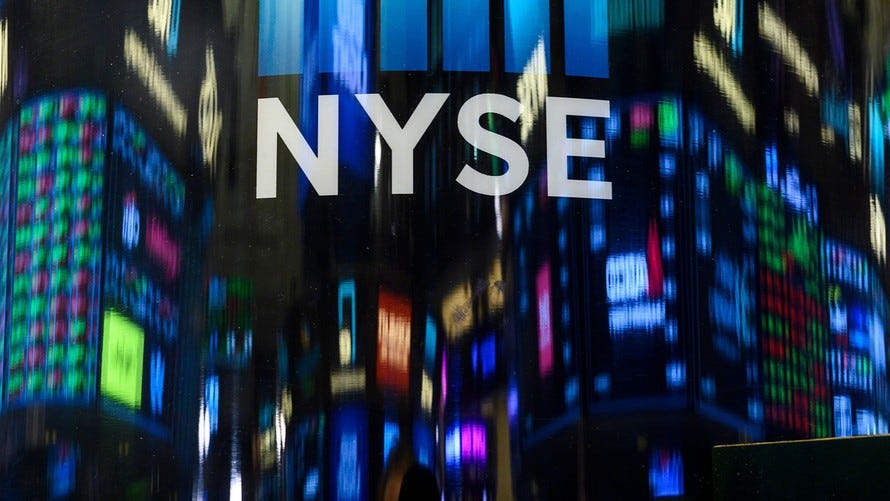
- Indices
- Stocks
S&P 500 rises for 5th straight session
Do you want to know how to make money from this?
Register for free and get expert advice, access to a training course and webinars.
Key points:
- Released inflation data fueled expectations of a Federal Reserve rate cut.
- A decline in Big Tech stocks weighed on the Nasdaq Composite.
- Despite a brief rise, the Volatility Index fell, signaling investor concerns are easing.
The S&P 500 ended Wednesday’s trading session on a positive note, demonstrating growth for the fifth day in a row. Investor optimism was supported by the latest macroeconomic data on inflation, which increased expectations that the Federal Reserve will soon begin cutting interest rates in the United States next month.
At the end of trading, the S&P 500 added 0.38% or 20.78 points, closing at 5455.21. The Nasdaq Composite also showed a slight increase of 0.03% or 4.99 points, closing at 17192.60. In turn, the Dow Jones Industrial Average ended trading with an increase of 0.61% or 242.75 points, reaching 40008.39.
Indexes rise despite mixed stock performance
The Nasdaq Composite Index posted its fifth consecutive session of gains, but the scale of the increase was insignificant. The subdued dynamics were due to falling quotes of Alphabet and several other large-cap tech companies.
Trading was generally calm, due to summer holidays and the absence of new significant factors that could have a significant impact on the market.
Shares of Alphabet, the parent company of Google, fell by 2.3% after the media reported that the US Department of Justice was considering breaking up the company’s search engine. Quotes of other tech giants also showed mixed dynamics: Tesla shares fell by 3.1%, Meta Platforms by 0.3%, Microsoft by 0.7%, and Nvidia by 1.7%.
Those concerns sent the Cboe Volatility Index (.VIX) to its highest since 2020 last week, signaling growing investor concerns. But the volatility index fell on Wednesday, falling below its long-term average of 20 for the second day in a row, closing at 16.19. The VIX’s quickest decline in years, returning to its long-term median in seven trading sessions.
Most of the major S&P sectors ended in positive territory, with the biggest gainer coming from financials (+1.3%), led by strong gains in Progressive and Charles Schwab, which both posted positive results for July.
Consumer prices boost chances of interest rate cut
The US consumer price data published on Wednesday strengthened expectations for the Federal Reserve to ease monetary policy soon. Moderate growth in consumer prices in July and a slowdown in annual inflation below 3% for the first time since the beginning of 2021 became an additional argument in favor of cutting interest rates as early as September of this year.
Preliminary data on the producer price index published the day before also showed a continued slowdown in inflation in the US economy, although it did not allow the Fed to reach its target of 2%.
The odds of a 25 basis point rate cut at the Fed’s September meeting have risen to 55%, according to the CME FedWatch Tool. Before the latest data, investors were roughly evenly split between a 25 and 50 basis point cut.
Scott Ladner, chief investment officer at Horizon Investments, described the current market environment as a period of relative stability, noting that similar trends in consumer and producer price data aren’t prompting investors to significantly reassess their forecasts.
Do you want to know
How to make money from the news
Register for free and get:
- Expert consultation;
- Access to the training course;
- Opportunity to participate in webinars

